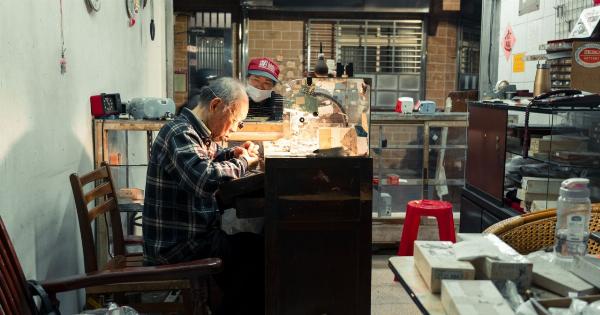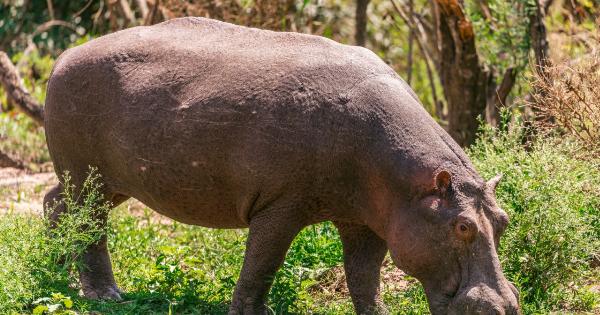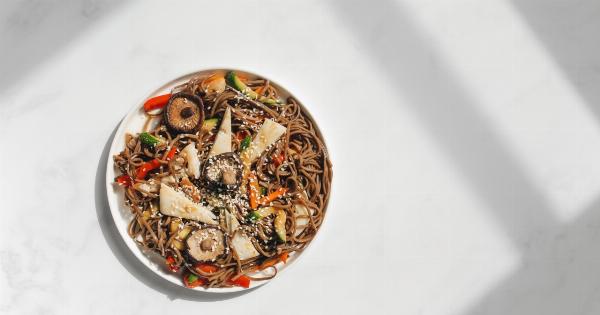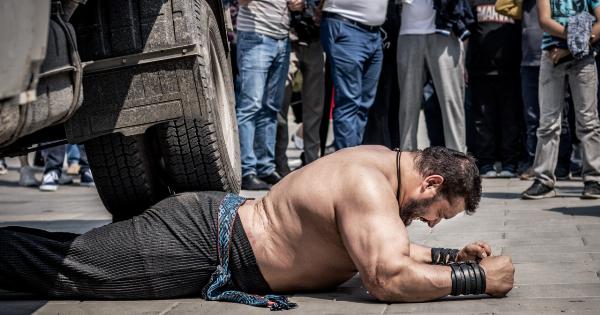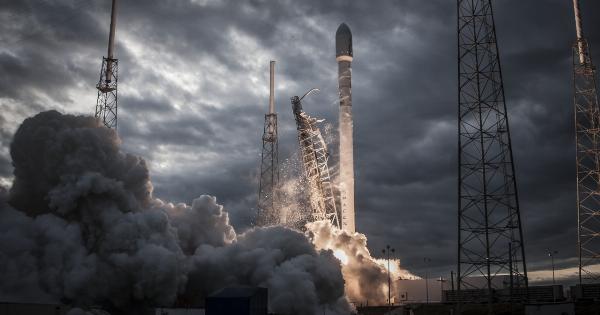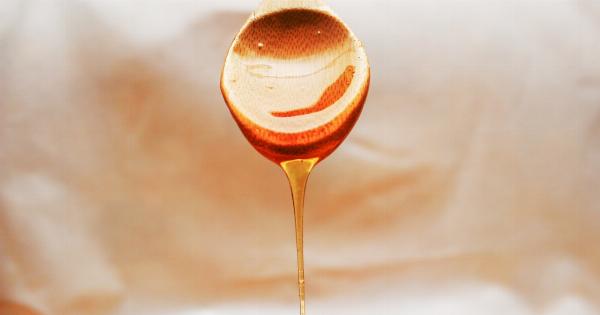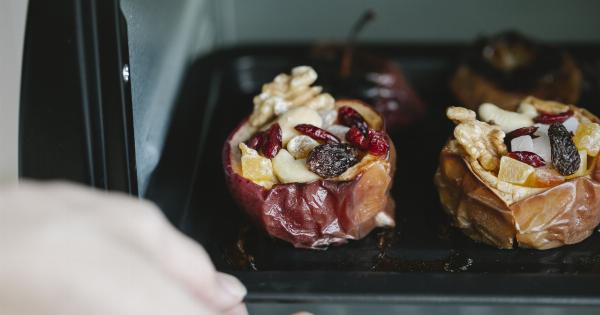Wound healing is a complex process that involves several interdependent mechanisms working together to restore damaged or injured tissues.
Understanding these mechanisms is crucial for developing effective wound management strategies and promoting optimal healing. In this article, we will explore the primary mechanisms of wound healing.
Inflammatory Phase
The first phase of wound healing is the inflammatory phase. This phase begins immediately after injury and lasts for approximately 3 to 5 days. The main goal of this phase is to control bleeding, prevent infection, and remove debris from the wound site.
Coagulation and Hemostasis
During the inflammatory phase, the body initiates coagulation and hemostasis to control bleeding. Platelets aggregate and form a plug at the damaged blood vessels, resulting in the formation of a temporary clot.
This clot prevents further blood loss and provides a scaffold for the subsequent phases of healing.
Cellular Migration and Proliferation
Once the wound is sealed, the next phase of healing begins. During this phase, various cells migrate to the wound site, including fibroblasts, endothelial cells, and macrophages.
Fibroblasts play a crucial role in producing collagen, which is necessary for wound strength and integrity. Endothelial cells help form new blood vessels, while macrophages clean up debris and remove dead cells.
Granulation Tissue Formation
As fibroblasts continue to produce collagen, granulation tissue forms in the wound bed. Granulation tissue is characterized by its pink color, soft texture, and rich blood supply. It serves as a scaffold for epithelialization and wound contraction.
Epithelialization
Epithelialization is the process by which new epithelial cells migrate and cover the wound surface. Epithelial cells originate from the wound edges and proliferate to form a new layer, which gradually migrates towards the center of the wound.
Once the wound is completely covered with epithelial tissue, the risk of infection decreases significantly.
Wound Contraction
Wound contraction is another crucial mechanism of wound healing. Myofibroblasts, specialized contractile cells, pull the wound edges closer together, reducing the size of the wound.
This process increases the tensile strength of the wound and accelerates healing.
Remodeling Phase
The final phase of wound healing is the remodeling phase. During this phase, collagen fibers are reorganized and realigned to restore the tensile strength of the tissue.
This phase can last for months or even years, depending on the size and nature of the wound.
Factors Affecting Wound Healing
Various factors can influence the wound healing process. Some of the key factors include:.
- Infection: Presence of bacteria or other pathogens can delay or impair wound healing.
- Chronic diseases: Conditions such as diabetes, cardiovascular diseases, and autoimmune disorders can negatively impact wound healing.
- Nutrition: Adequate intake of essential nutrients, such as vitamins and minerals, is important for optimal wound healing.
- Medications: Certain medications, such as corticosteroids and immunosuppressants, can interfere with the healing process.
- Smoking: Smoking can impair wound healing by reducing blood flow and oxygen delivery to the wound site.
Conclusion
Wound healing is a complex and dynamic process involving multiple mechanisms. The inflammatory phase controls bleeding and removes debris, while the subsequent phases promote cellular migration, proliferation, and the formation of granulation tissue.
Epithelialization and wound contraction help to restore the integrity of the damaged tissue. Finally, the remodeling phase ensures the restoration of the tissue’s tensile strength. Understanding the mechanisms of wound healing and the factors that can influence the process is essential for effective wound management and optimal outcomes.

